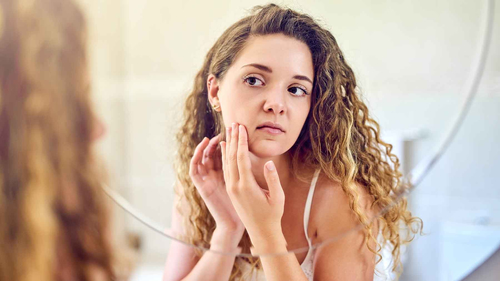Fungal acne (pityrosporum (malassezia) filtration) is characterized by small red papules that form in the hair follicles and are painless. They may eventually become larger and blackheads. The exact cause remains unknown, but it appears to be stress-related. When the body is under stress, it reacts by sending its defense system - the immune system - to attack its own tissues. This results in swelling of the skin, inflammation and lesions.
When the bumps become inflamed and surrounded with a whitehead or a blackhead, they can be very embarrassing. Although fungal acne is not considered serious by most people, it can still be quite painful and disfiguring. Many who suffer from them are desperate to find a way to go away permanently. The key to treating this is to first consult a dermatologist. He or she can perform a simple exam and look for the condition's telltale signs, which include pustules, papules, and bumps.
There are several potential causes of fungal acne. The most common cause is a yeast overgrowth. This can happen when the immune system is trying to fight off infection, such as when you have an allergy or virus. When there is an imbalance between the body's white blood cells and the Candida yeast, yeast overgrowth occurs.
Other common fungal acne symptoms include whiteheads, blackheads, and pimples. These are formed when the oil and bacteria in the skin combine with the dead whitehead or blackhead layers and clogs the pores, creating those annoying bumps and whiteheads. While the bumps themselves do not generally cause scarring, they can be itchy or painful.
There are many different types of over-the-counter topical creams for fungal acne that work to reduce the infection, although you should always consult with your doctor before starting any medication. The most popular treatments contain both triclosan and benzoyl peroxide. These work by drying up the excess oil, unclogging the pores, and preventing new infections from occurring.
Prescription medications also exist that include salicylic acid and tetracycline. These are used in severe forms of fungal acne and have been known to clear the infection in less than two weeks. These medications are most effective if they are taken daily and are often prescribed along with other topical creams. It is important to remember that over-the-counter medications are meant to treat mild to moderate cases of fungal acne and should never be used in combination with antibiotics or other medications. You should also avoid using any medication without the direction of a medical professional, as over-the-counter medications may not be compatible with your body chemistry. In addition, you should never combine any prescription medication with an antibiotic, even over-the-counter medications.
If your particular type of fungal acne does not respond to conventional treatment methods, then your dermatologist may prescribe a more aggressive course of action. One such step includes taking blood tests to determine if there are any hormonal imbalances in your body that may be contributing to the infection. Many doctors will also prescribe oral antibiotics in order to reduce the population of the bacteria that are causing the infection. This is sometimes coupled with phototherapy or ultraviolet light therapy in the event that your skin condition does not respond to traditional medications.
One of the most popular treatments for this particular type of skin condition involves using a special topical cream that contains benzoyl peroxide. The cream is applied directly to the skin on your forehead, behind your ears, and around your mouth. It is meant to dry out the oils that are typically associated with acne, but the topical agents do not eliminate the bacteria that are causing the problem. Over time, they will begin to disappear, allowing your skin to heal in an effective manner.
